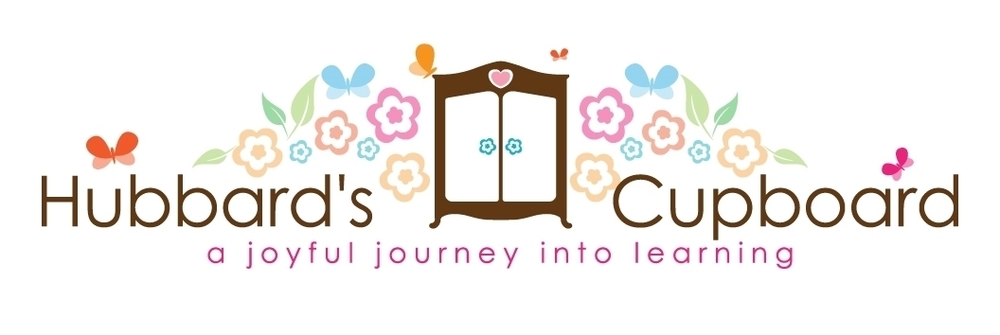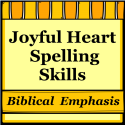Writing Notebooks
Student Procedures
(for after Teacher Modeling)
- Students retrieve their writing notebook from their designated location. (individual mailboxes, class notebook nook, etc.)
- Students turn to the next clean page in their writing notebook and write the date to begin a new entry.
- Students draw (prewrite).
- Once a student is ready to do 'kid writing'…
Ask him/her to tell you about the picture. If the student does not respond or says ,"I don't know," refer to one portion of the drawing and ask him/her to tell you about a certain part.
- Repeat the child's story back as one complete sentence.
- Then, say each word, stretching it out, so that the student can more easily hear the sound or sounds in the words. The student will write what he or she is ready to write. (Pay close attention to the child. Focus mostly on the beginning sounds of the words and then stretch words as the child seems ready.)
Some prompts:
What do you hear at the beginning of the word ______?
Do you hear any other letters in the word _______?
Allow the child to write what he or she thinks the letters are.
magic lines (horizontal blank lines)
These may be used in place of the unknown letter or word if the child appears to have no idea what letter makes the sound. (especially at the start of the school year)
alphabet charts (on tables, front board, above board, etc.)
Encourage the student to use these resources when attempting to write a letter correctly.
5. 'Adult under writing' portion
- Praise the child for their kid writing.
- As the child watches, write their same entry using adult writing underneath the student's writing
- Compare the two writings, pointing out any letters in their kid writing that match the adult writing.
6. Reread the writing notebook entry 1-2 times with the child.
7. As they finish, students may look at books in the book basket or help other students
From Kid Writing: A Systematic Approach to Phonics, Journals, and Writing Workshop by Eileen Feldgus and Isabell Cardonick










